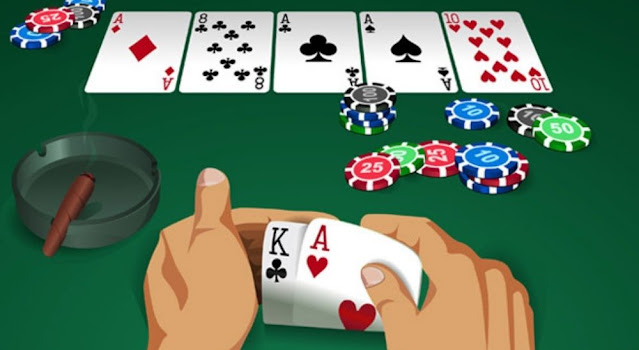The History and Importance of Kalyan Final Ank in Matka Play
The Matka game, one of India’s most enduring number-based games, has evolved significantly over the decades. Its roots go back to the 1960s when it started as a simple way to draw random numbers from a pot, known as a matka.
Among the various formats that developed over time, the Kalyan Matka Final Ank became one of the most recognized and widely followed results in Matka play.
Understanding its history and relevance sheds light on how this single digit became central to players across generations.
Origins of the Kalyan Final Ank Matka Format
The Kalyan Matka format was introduced by a man named Kalyanji Bhagat in the early 1960s. Unlike other forms at the time, his version of the game ran every day, including weekends, which made it accessible and popular among a wide audience.
Over time, the system gained momentum and eventually became one of the most reliable and organized formats in Matka play.
The final digit of each draw, known as the Final Ank, quickly grew in popularity. It offered a straightforward way for players to track outcomes and observe number trends.
This number, which is derived from a simple summing method, became the focal point of daily results and long-term analysis.
Understanding the Role of Final Ank
In the structure of Matka results, there are typically two sets of numbers: the opening and closing results.
From these, players calculate the sum of digits to extract a single digit—this is the Kalyan Final Ank. Though it may seem like just a result on the surface, it carries much more significance.
Many Matka followers use the final ank as a way to form predictions or study historical trends. Over time, players develop strategies, observe repeating patterns, and even incorporate personal or traditional methods to guess potential outcomes.
The consistency and simplicity of the final ank format make it a useful indicator for tracking progress and making informed choices.
Why It Kalyan Final Ank Still Matters Today
Even in the digital era, where everything from charts to results is available online, the Kalyan Final Ank continues to play a major role in Matka communities.
Enthusiasts visit specific websites or apps daily just to check the latest final ank, compare it with previous results, and update their personal charts.
Some rely on this data to refine their approach, while others enjoy the tradition and routine that comes with tracking it.
Its continued relevance is a testament to the strength of tradition and how a simple digit can become a symbol of consistency, insight, and even community connection in number-based play.
Conclusion
The Kalyan Final Ank is more than just a number—it’s a part of Matka’s rich history and cultural presence. From its early beginnings in Mumbai to its widespread recognition across India, the final ank has remained a key component in how players engage with the game.
For anyone interested in Matka play, understanding the origin and importance of Final Ank offers valuable insight into both the tradition and technique behind the numbers.


.jpg)

Comments
Post a Comment